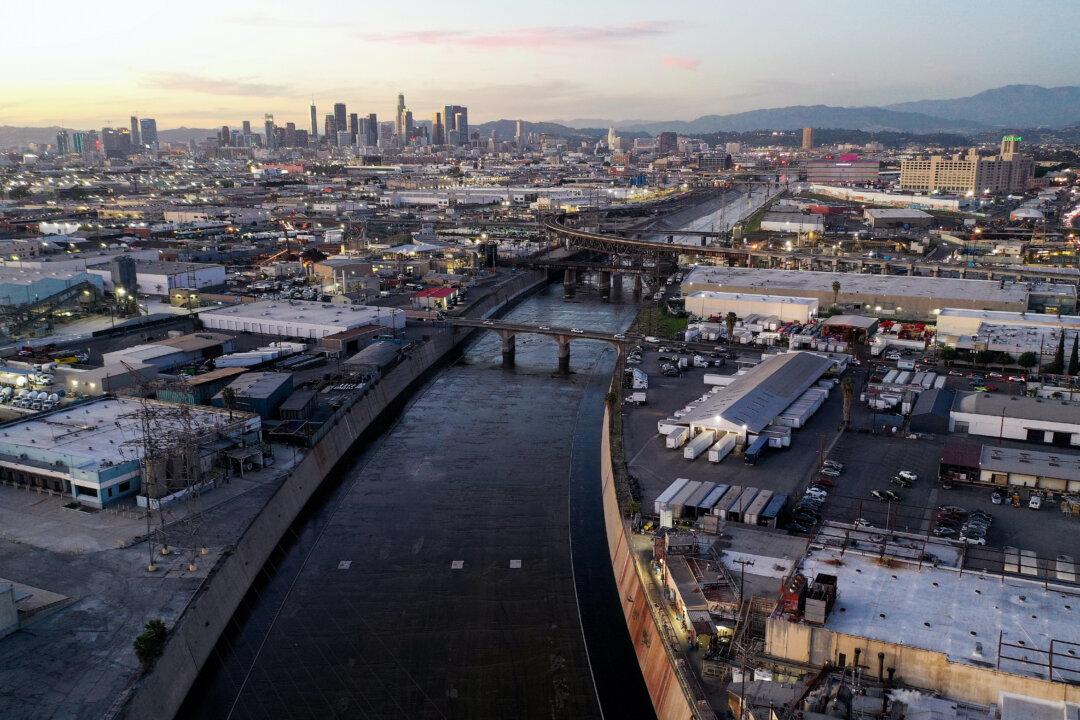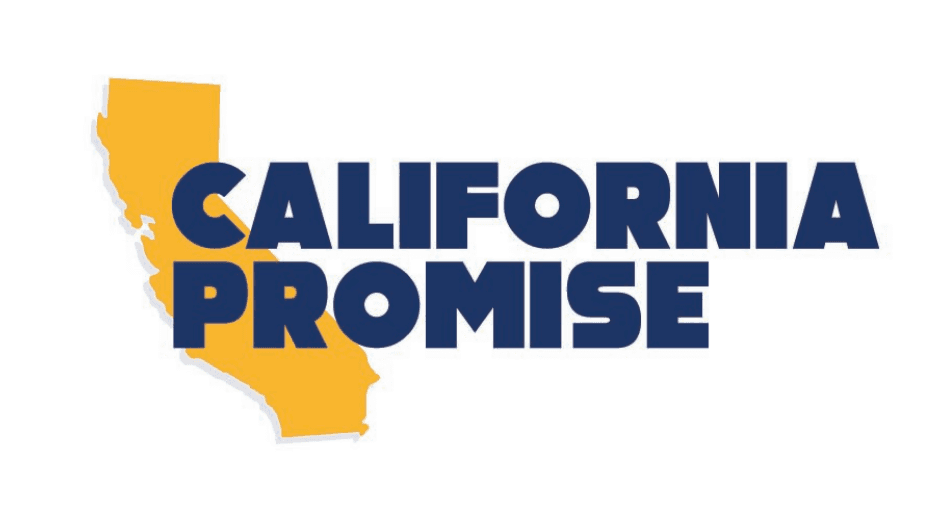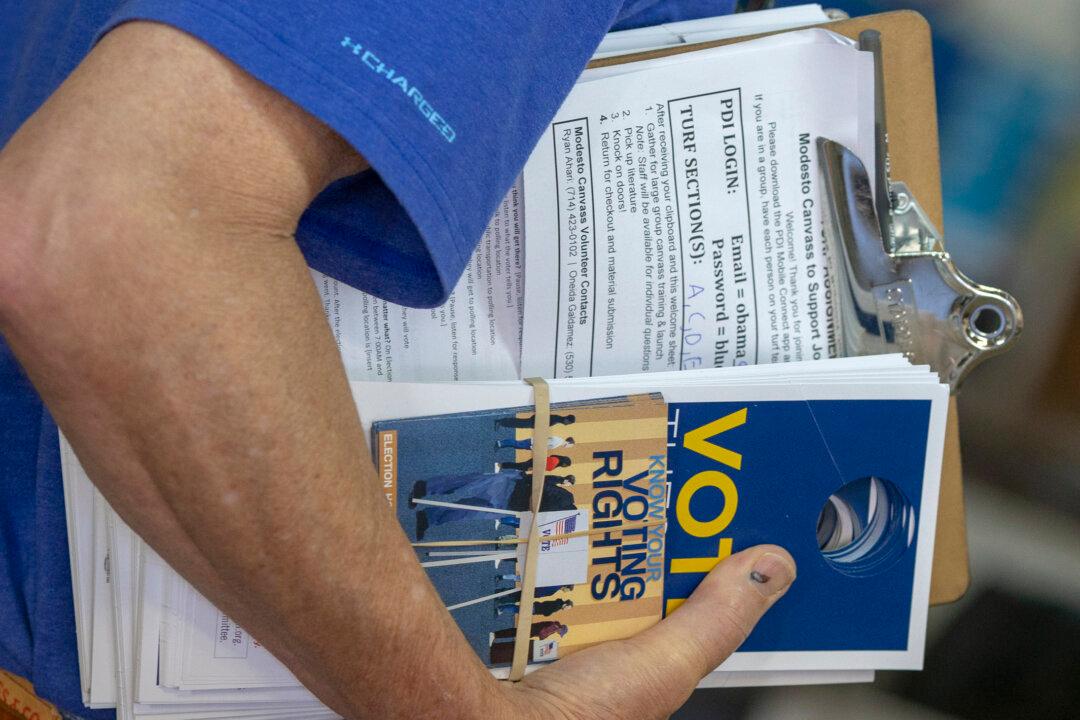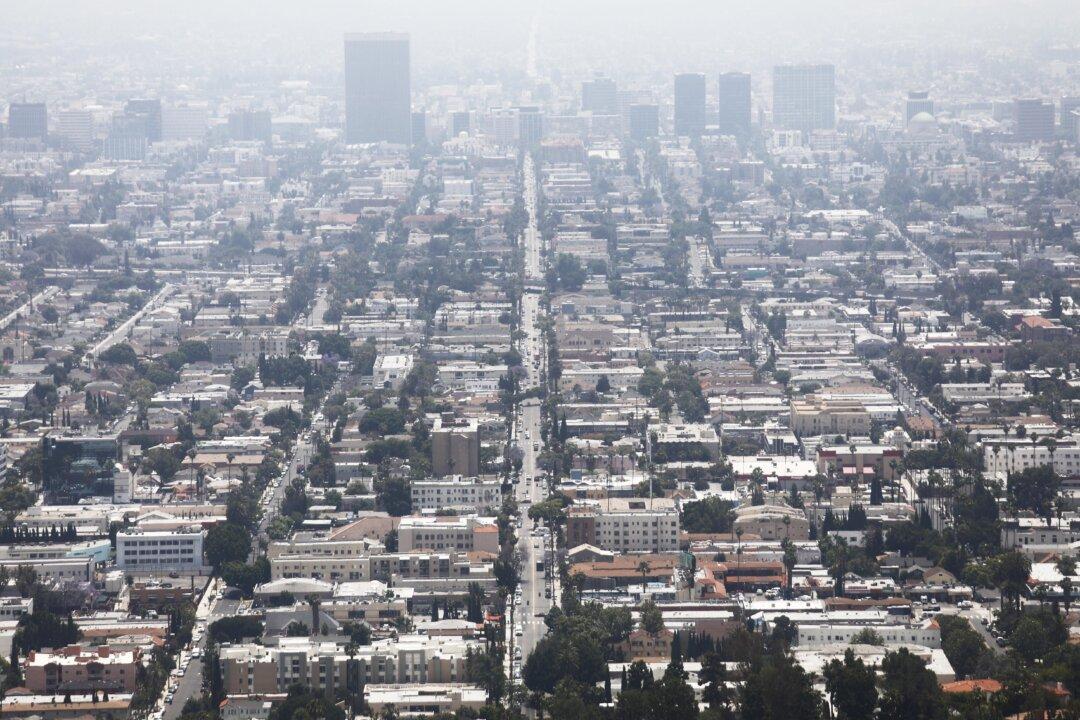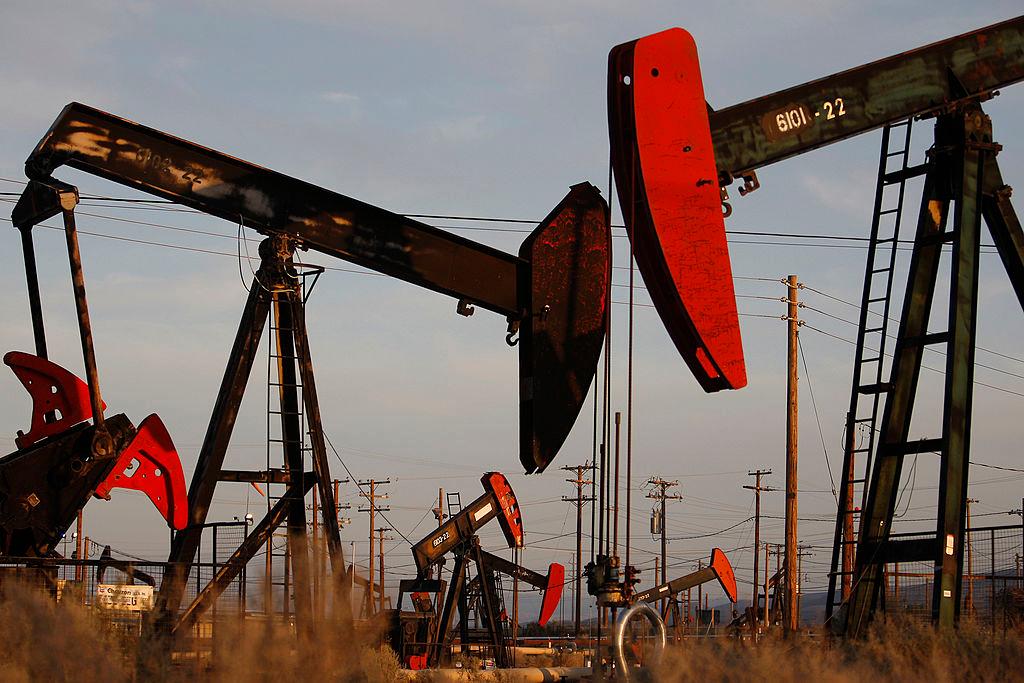Commentary
From its pristine headwaters in the San Gabriel Mountains all the way to its sordid finale as a gigantic culvert emptying into Long Beach Harbor, the Los Angeles River—what’s happened to it and what the future brings—is an apt metaphor for California’s story and ultimate fate.
